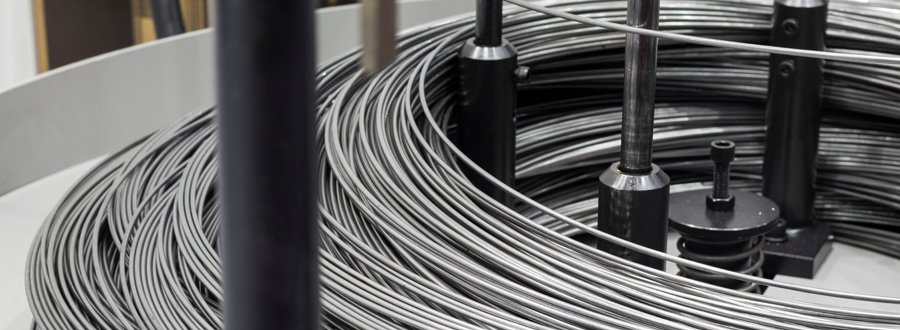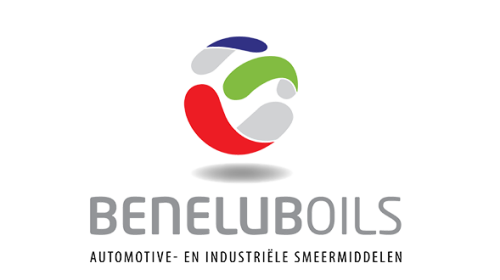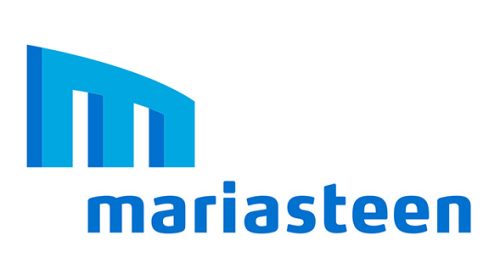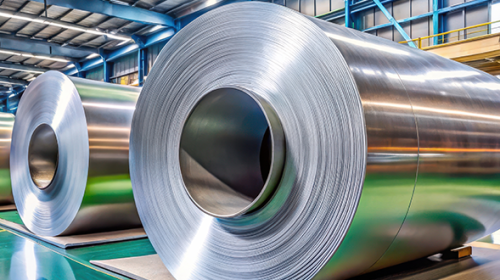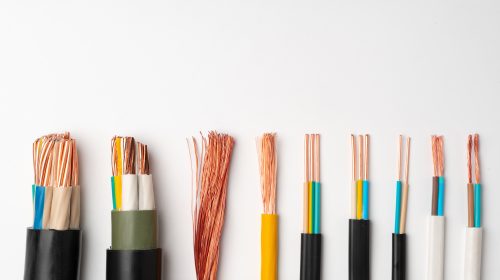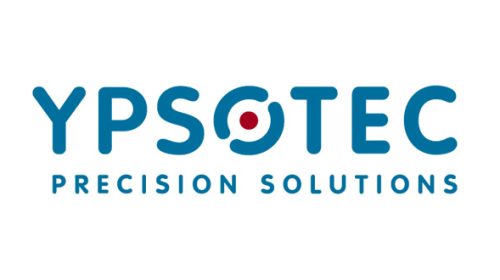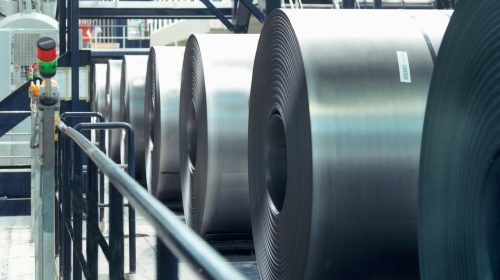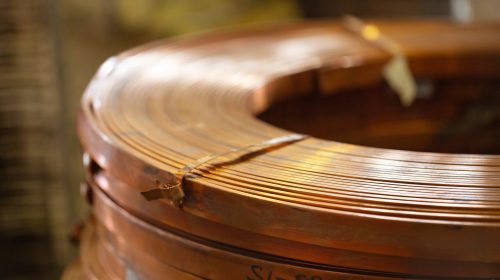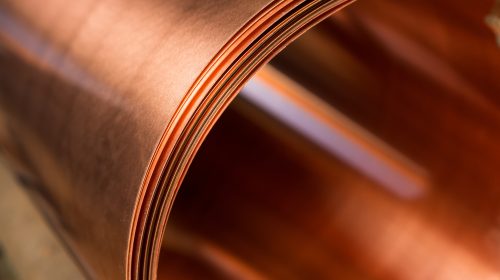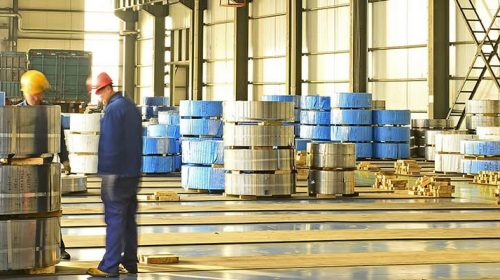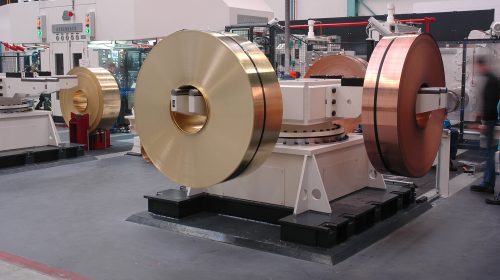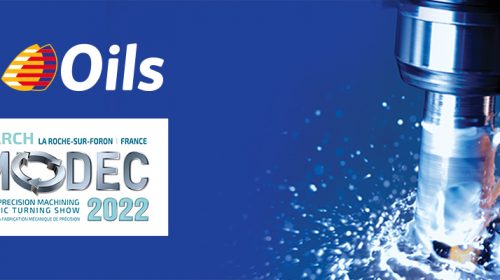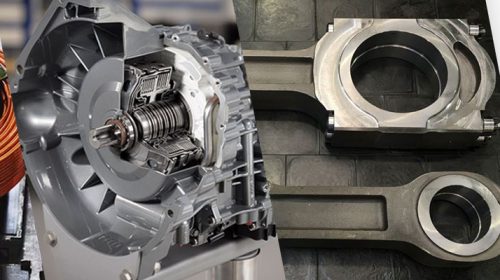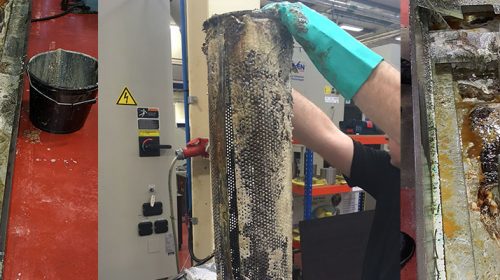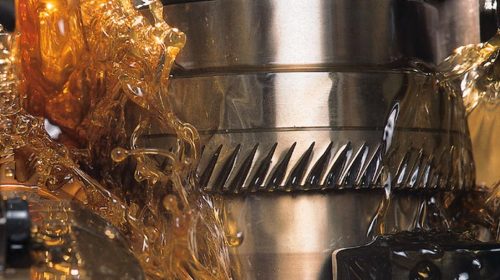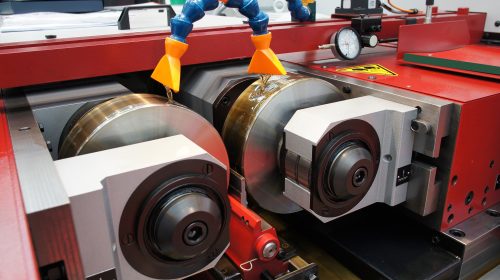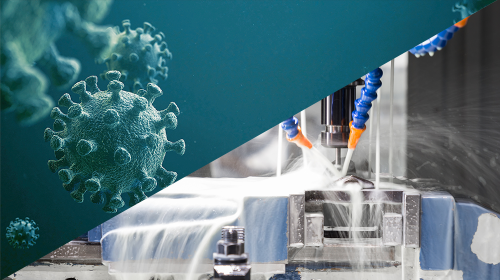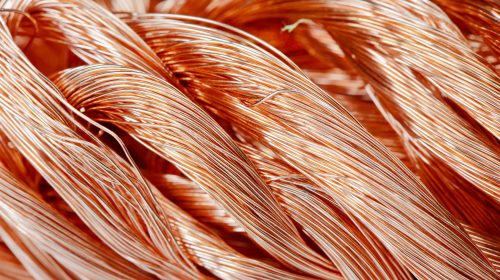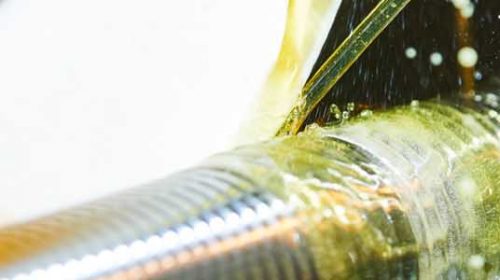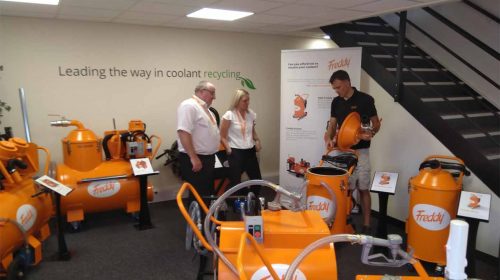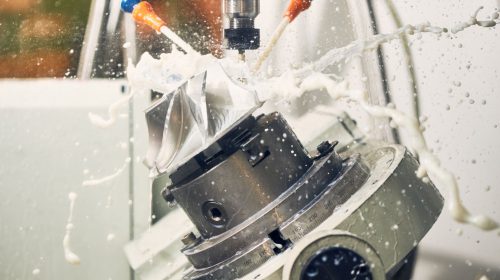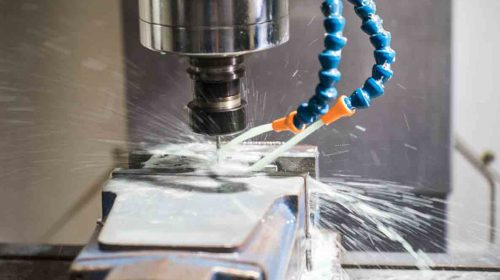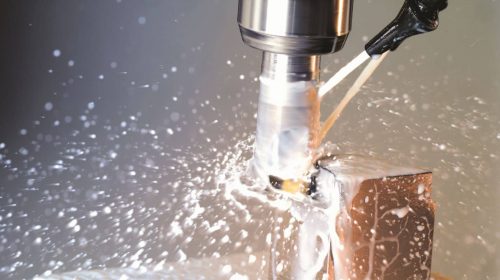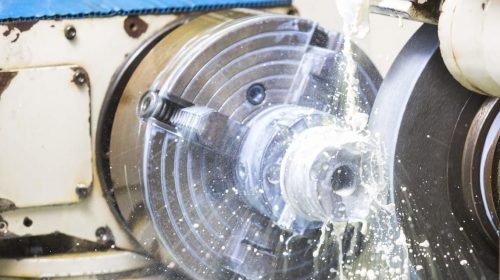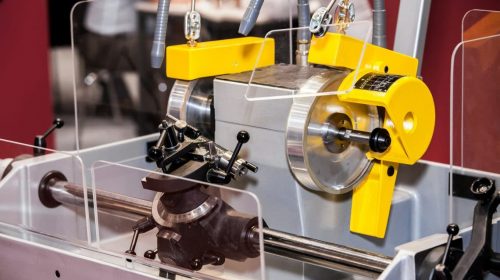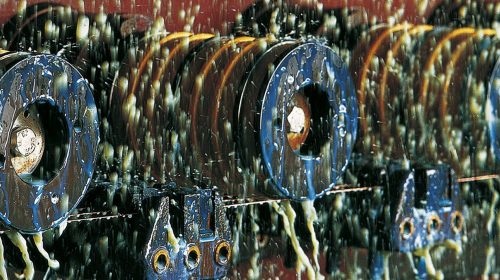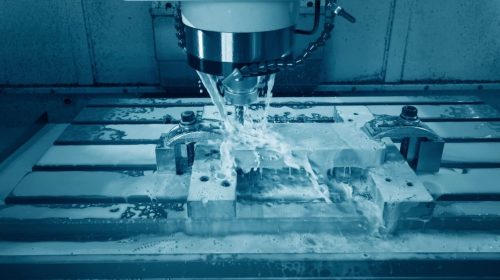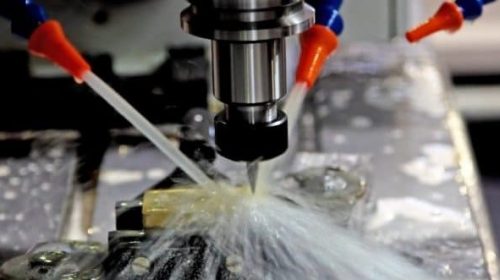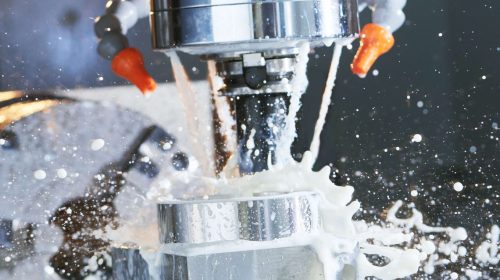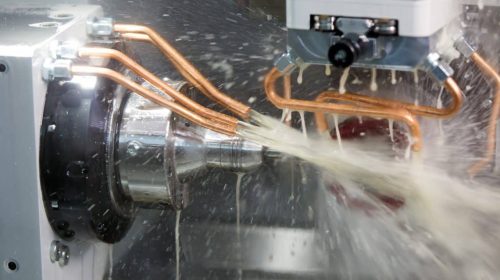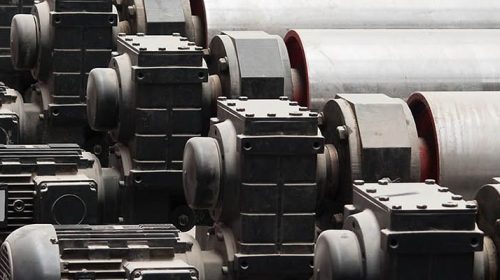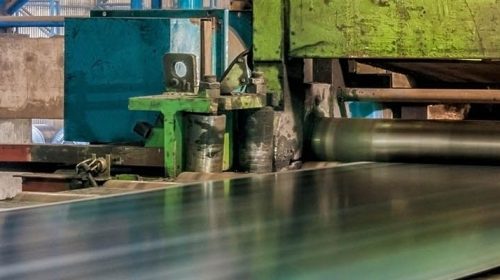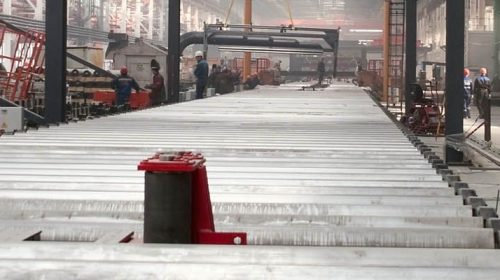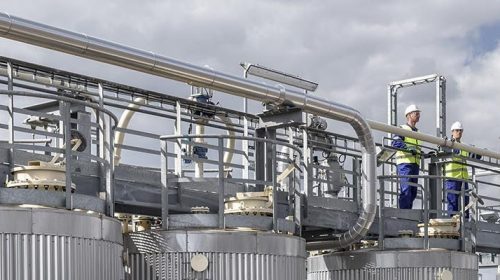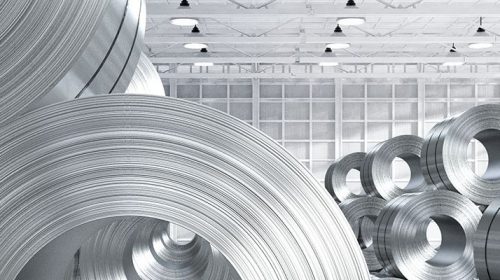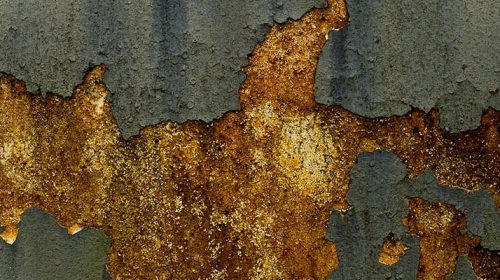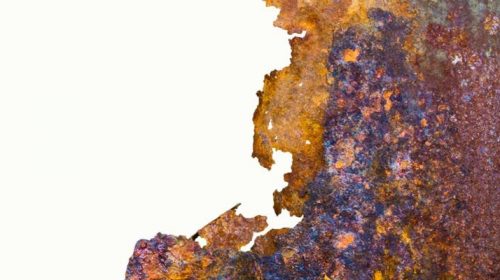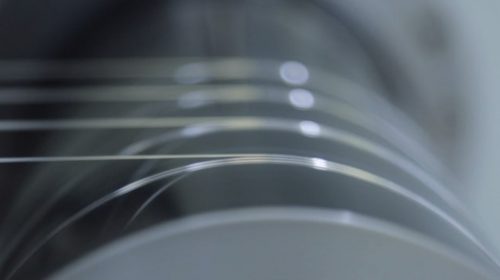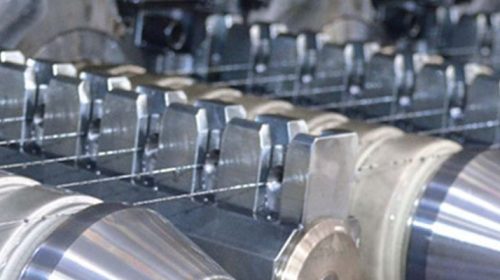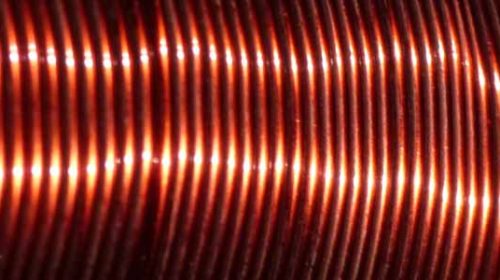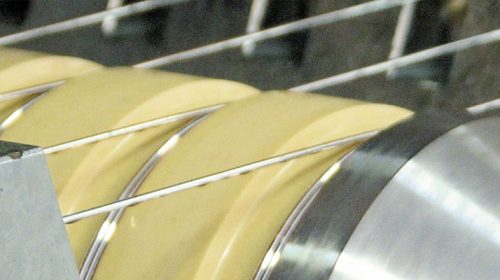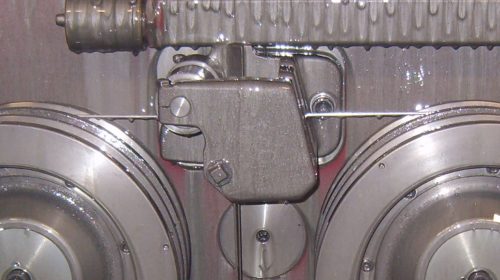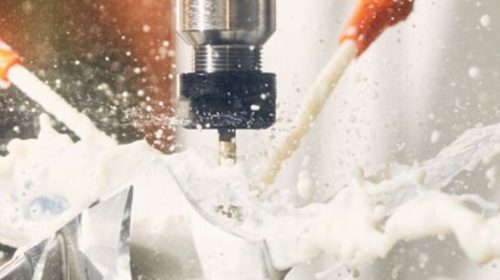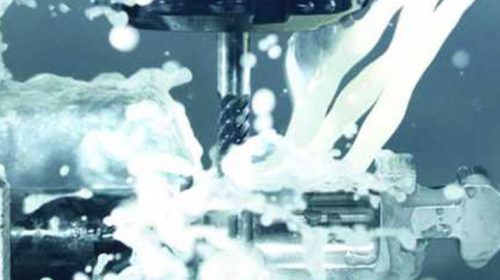Zinc’s physical and chemical properties differ significantly from other non-ferrous metals such as copper and aluminum. Zinc’s unique properties demand a distinct approach to lubricant selection compared to other metals, despite this there are very few specialized rod rolling and wire drawing fluids for Zinc and Zinc-alloys on the market.
What differentiates zinc from other metals?
- Softness and Low Melting Point: Zinc is softer than metals like steel, iron, and aluminum, with a lower melting point of 419.5°C. Its surfaces are more prone to deformation or damage under high pressure or heat. To protect zinc from mechanical damage, lubricants with strong film strength and anti-wear properties are essential for reducing friction during sliding or rolling contact.
- Galvanic Corrosion Considerations: Zinc is commonly used in galvanic coatings to protect metals from corrosion, but when it contacts other metals in the presence of an electrolyte, it can experience galvanic corrosion.
- Zinc wire production: At the production of zinc rod and during the first rolling steps it faces high temperatures, requiring lubricants that resist thermal degradation. These lubricants must have good cooling and lubrication properties.
Zinc’s properties require lubricants that provide good protection against wear, and chemical stability in zinc-specific environments. Standard lubricants used for harder, less reactive metals may not offer sufficient protection, making careful selection of zinc-compatible lubricants essential for optimal performance.
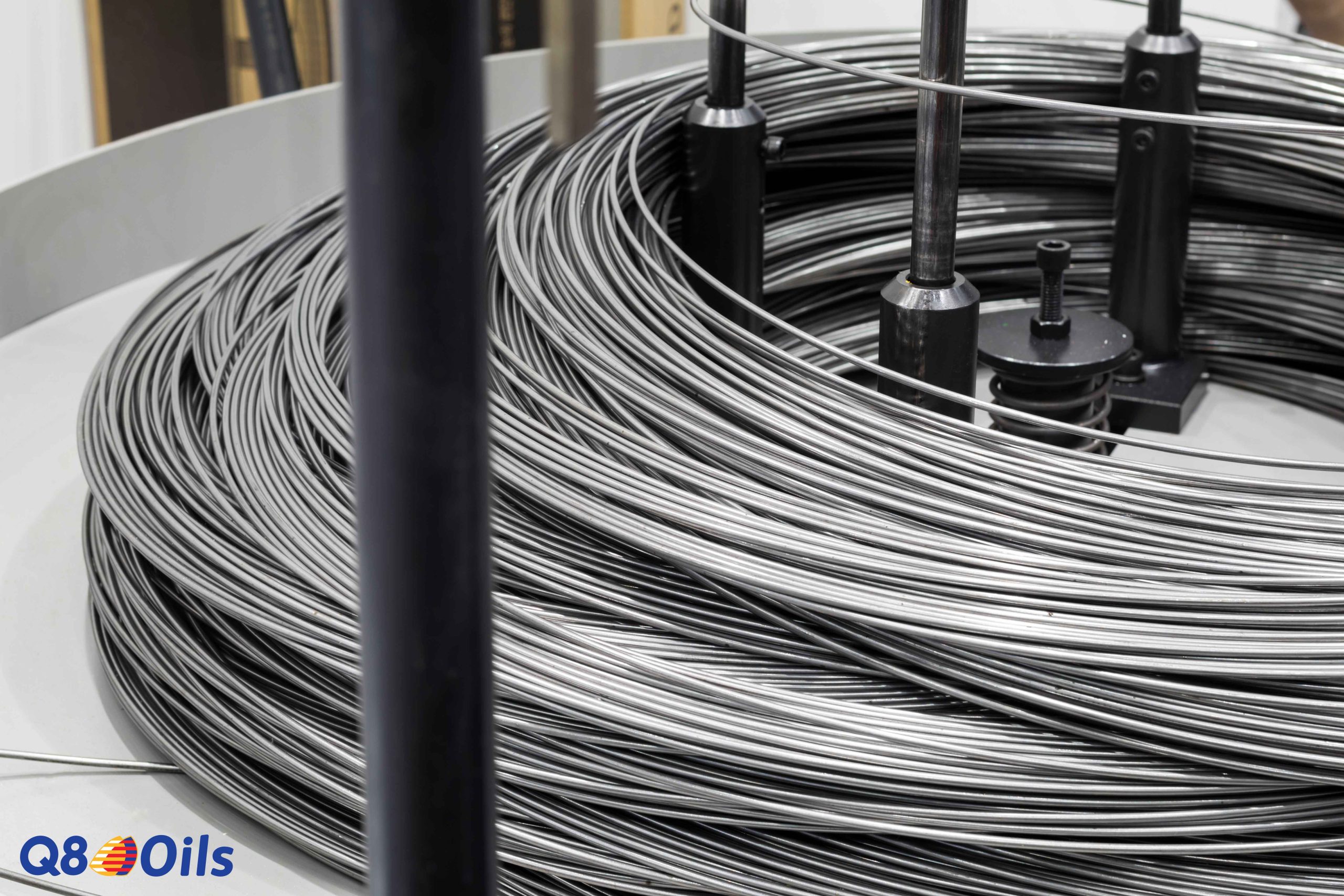 To address the challenges mentioned above, companies working with zinc must carefully consider their choice of lubricant.
To address the challenges mentioned above, companies working with zinc must carefully consider their choice of lubricant.
One such product on the market is the Germ-Allcard Priamus S21, known for its long emulsion life, even in challenging conditions where conductivity typically rises. A key feature of this lubricant is its ability to maintain stability and effectiveness despite these difficult conditions.
Due to the stability feature, there is less frequent changes, ensuring reduced downtime and increase in overall productivity. Specifically designed for rod rolling and wire drawing of zinc, brass, and aluminum, it offers superior results in these applications.
With its exceptional lubrication performance, this high-performance fluid ensures the production of high-quality rod and wire while improving the startup of the rolling and drawing process. The composition is optimized for an excellent start with a fresh emulsion, whereas many other lubricants on the market require a run-in time of couple days up to several weeks.
To summarize, whilst searching for an ideal lubricant while processing zinc, one must consider the following:
A lubricant for zinc processing must have excellent stability and effectiveness under challenging conditions, such as rising conductivity, to ensure long emulsion life and reduced downtime. It should offer superior lubrication performance, support high-quality rod and wire production, and enhance the startup of rolling and drawing processes. Additionally, the lubricant should be specifically designed for metals like zinc, brass, and aluminum to deliver optimal results.
Contact us if you need more information about zinc and choosing the right lubricant.


